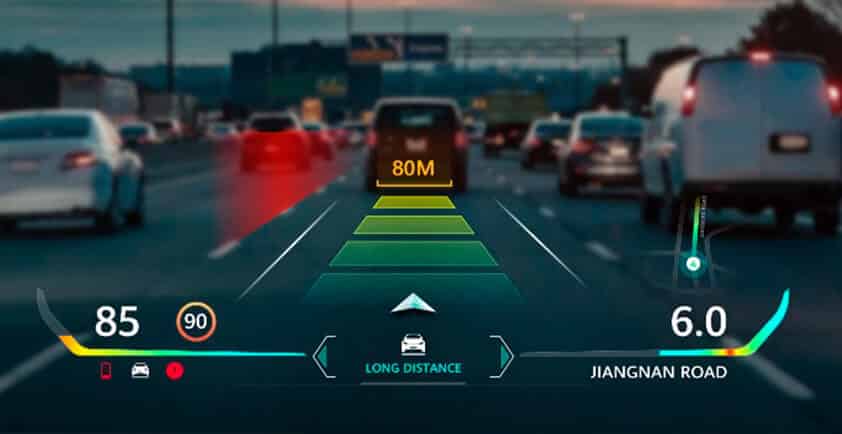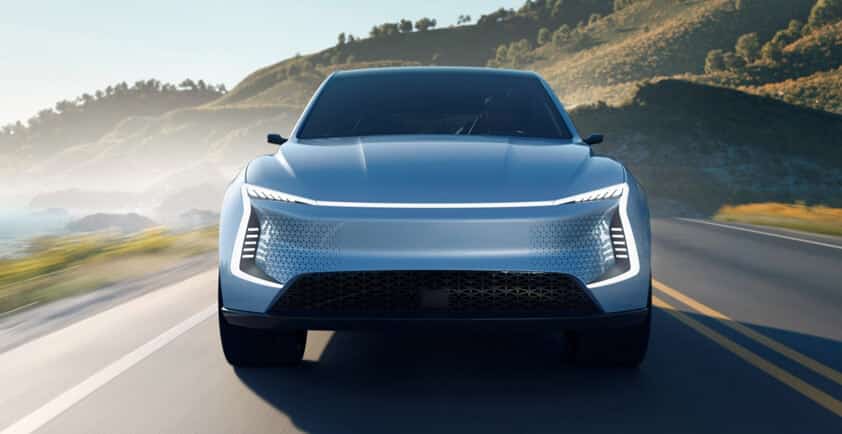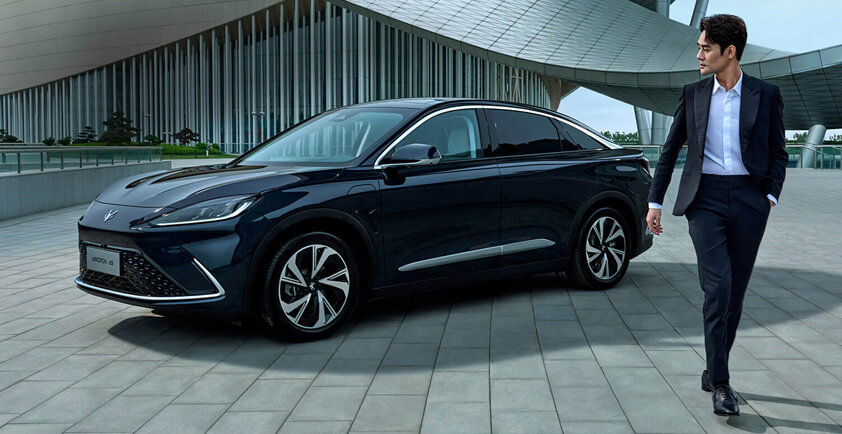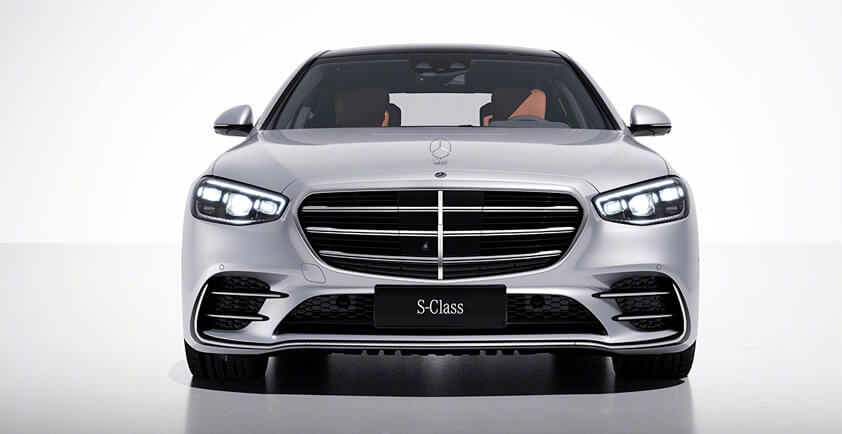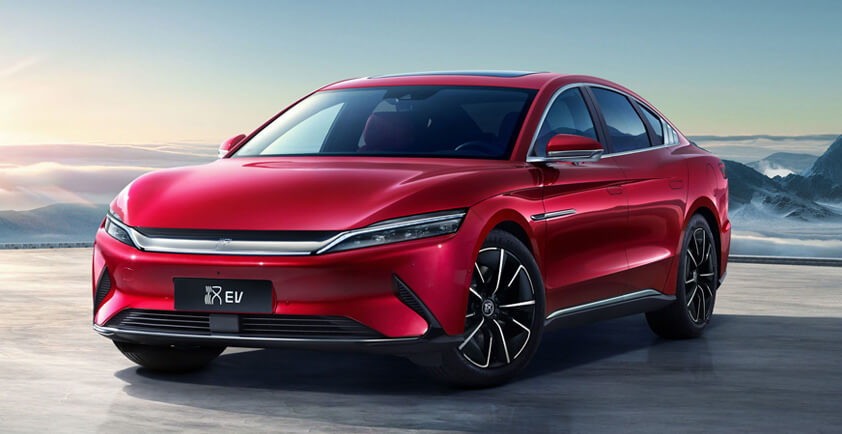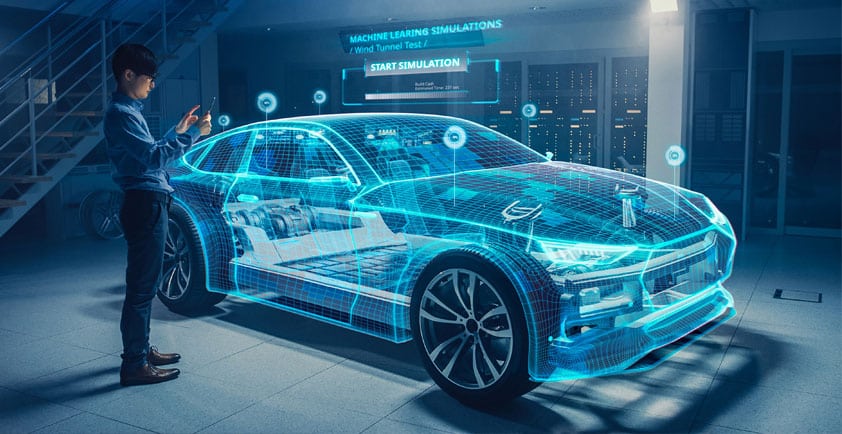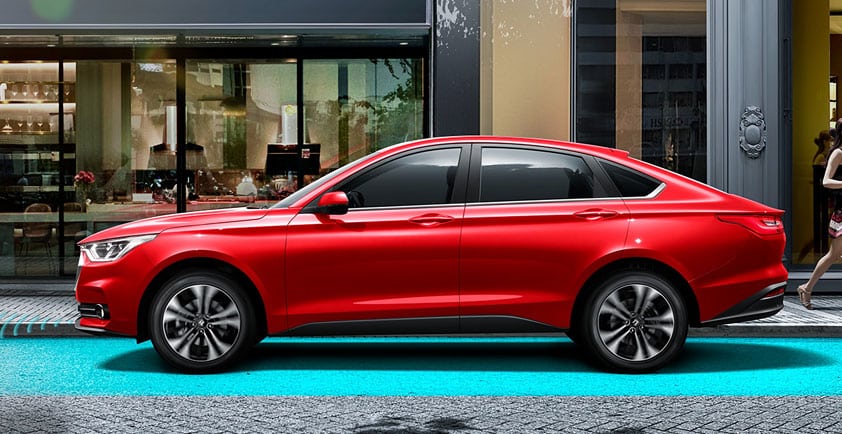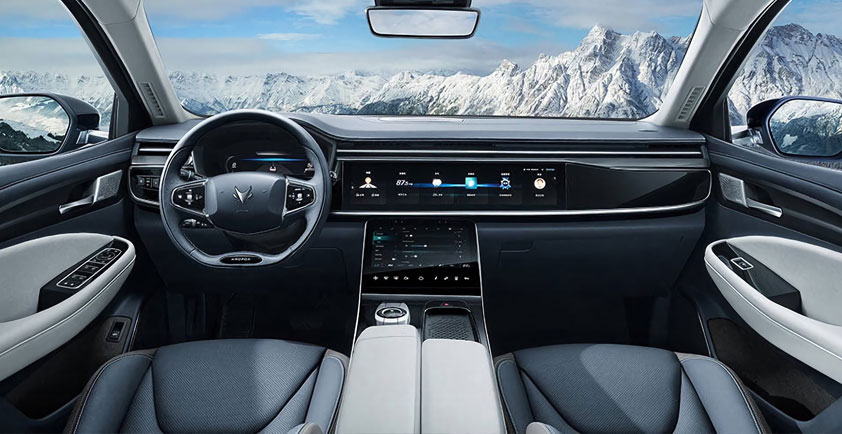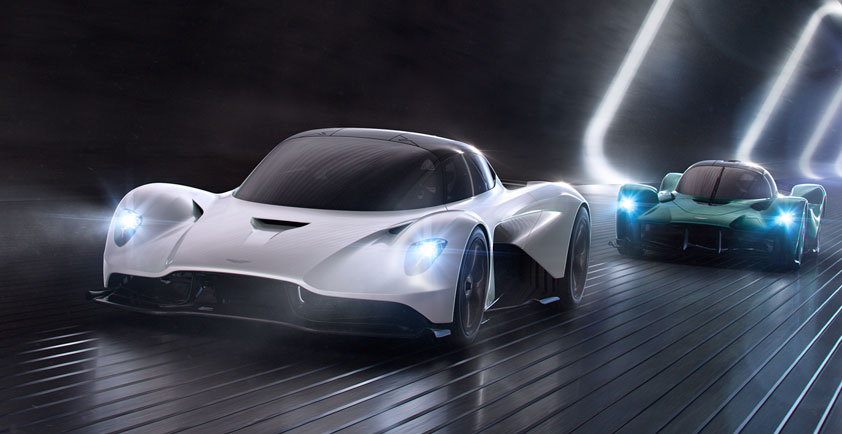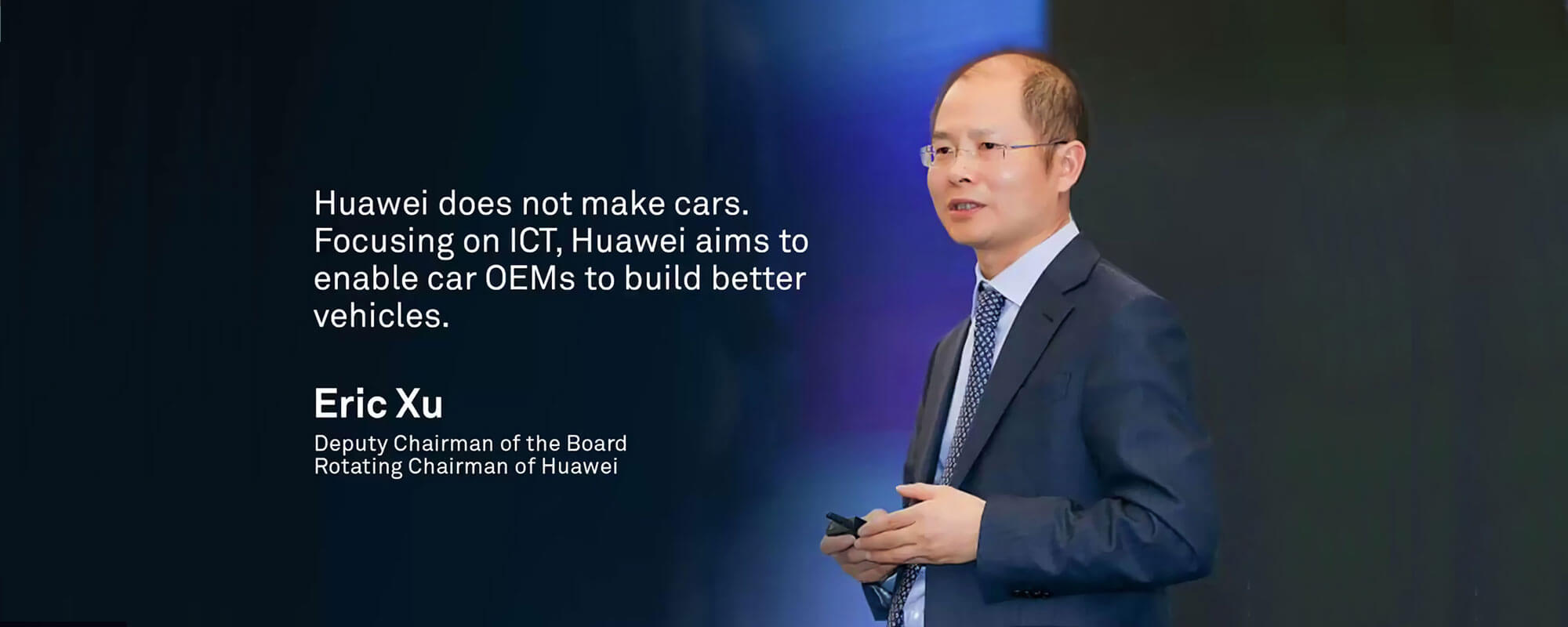
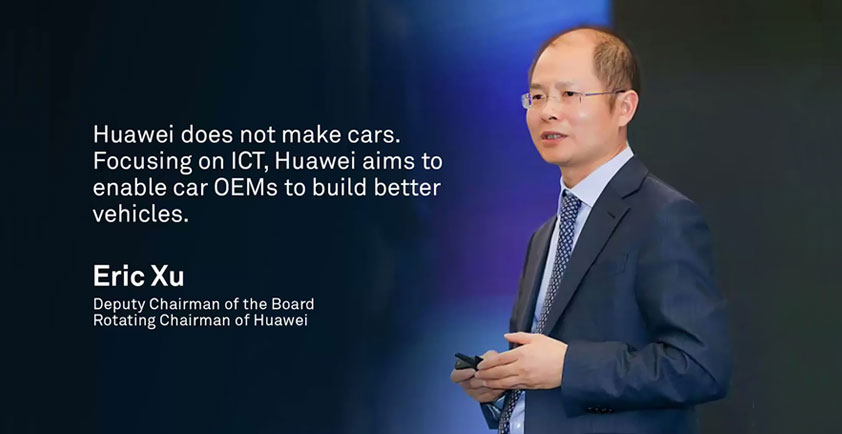
HUAWEI DOES NOT MAKE CARS. FOCUSING ON ICT, HUAWEI AIMS TO ENABLE CAR OEMS TO BUILD BETTER VEHICLES
China - At the International Auto Key Tech Forum, Huawei Rotating Chairman Eric Xu delivered a keynote speech: Embrace the Convergence of Automotive & ICT Industries.
The automotive industry is increasingly turning to information and communication technology (ICT) as a new key technology. Xu noted, "Together with the deep convergence of automotive and ICT, intelligent connected electric vehicle emerges as a new revolutionary development engine of human society, with its impact goes far beyond the two industries themselves."
In the face of evolutionary changes, Huawei has made its strategic choice. "Huawei does not make cars", said Xu. "Focusing on ICT, Huawei aims to enable car OEMs to build better vehicles." He stressed, "Based on ICT, Huawei aims to be a digital car oriented and new-added components provider."
With over 30 years of experience in ICT and an ongoing focus on this area, Huawei will offer the following to original equipment manufacturers (OEMs) of cars:
> MDC (Mobile Data Center) in-vehicle computing platform and intelligent driving subsystem solution
> Octopus: Huawei Cloud based cloud service for autonomous driving (training, simulation, test)
> 4G/5G in-vehicle communication module/T-Box, network solutions
> HUAWEI HiCar people-car-home connectivity solution for all scenarios
Last year, Huawei, together with China Mobile and Chinese state-owned automotive manufacturing company SAIC, jointly demonstrated the application of intelligent and connected vehicles using a low-latency network enabled by “5G Era LTE” and the cellular vehicle-to-everything (C-V2X) technology.
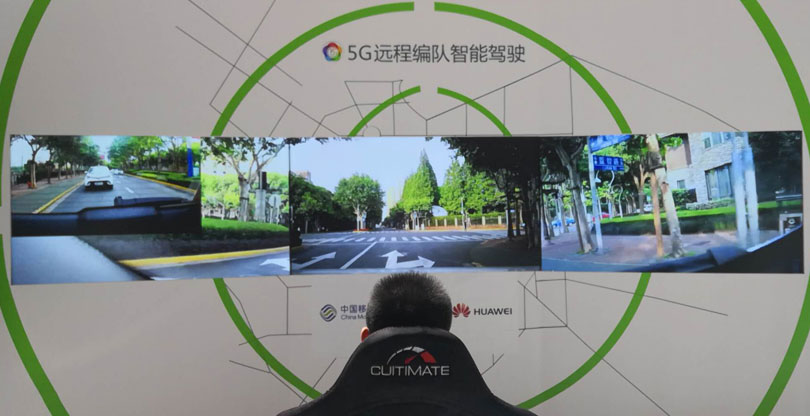
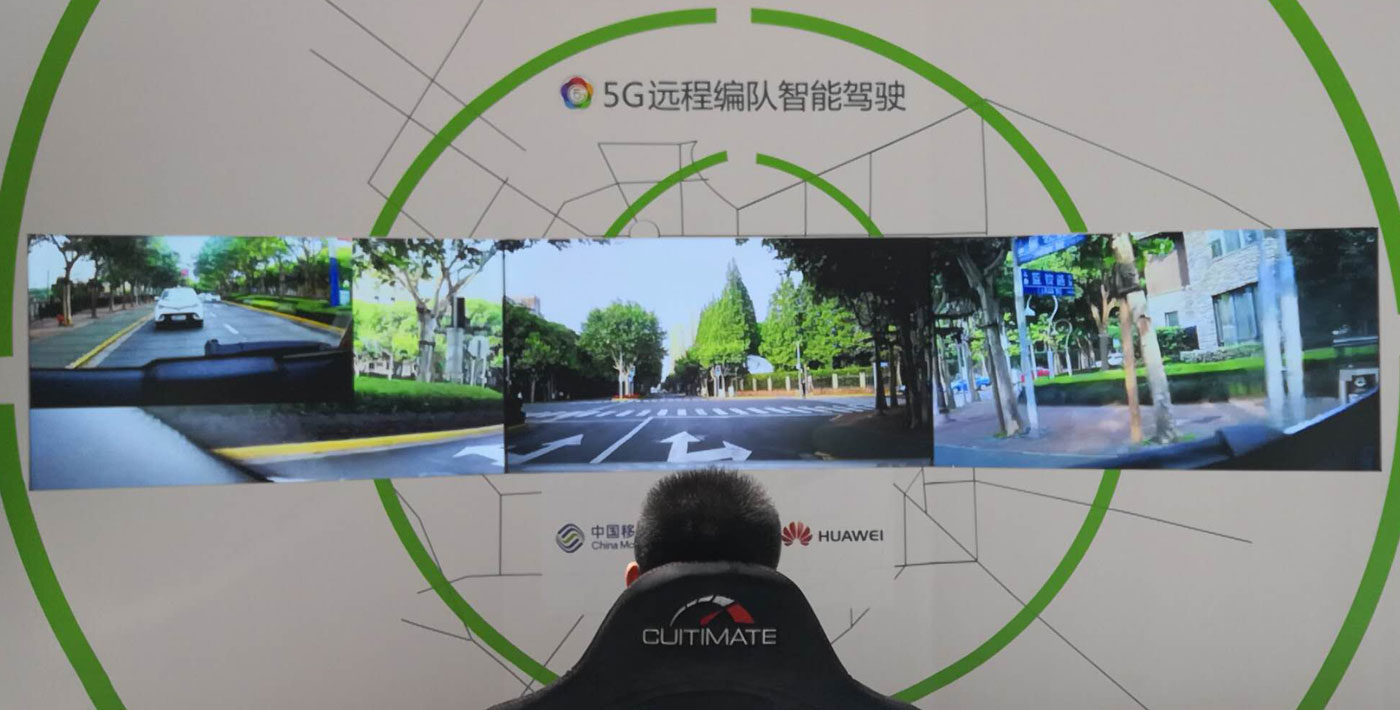
The demo involved a human operator who remotely controlled a remote fleet vehicle via a driving control console.
In the test, the driver was located more than 30 kilometers away from the vehicle. Several high-definition video cameras installed in the vehicle sent multiple real-time HD video feeds to the driver, providing him with a 240-degree view of the vehicle’s surroundings over a high-bandwidth network based on likely 5G technologies.
Control signals for the steering wheel, gas pedal, and brakes were also transmitted over the 5G network, which provided the ultra-low latency needed to support instant response to different roadside conditions, the companies said. From his remote position, the driver was able to maintain full control over the vehicle at all times.
Huawei said that control accuracy was accomplished with the help of low-latency technology that reduces the end-to-end latency to below 20 ms, and HD video backhaul technology.
The intelligent and connected vehicles used in this demonstration were independently developed by SAIC. The demonstration was also based on China Mobile’s wireless network, which is equipped with low-latency and HD video backhaul solutions offered by Huawei. China Mobile is also the provider of the E2E remote driving system that features edge computing technology.

